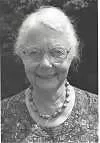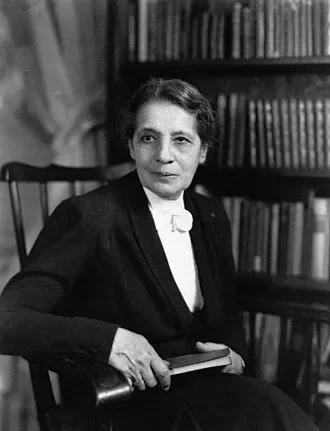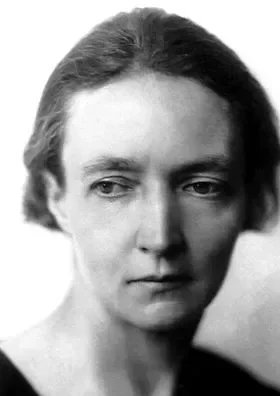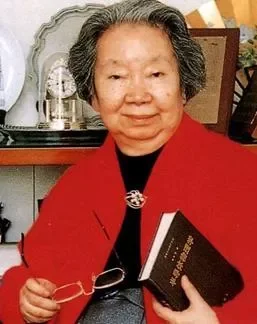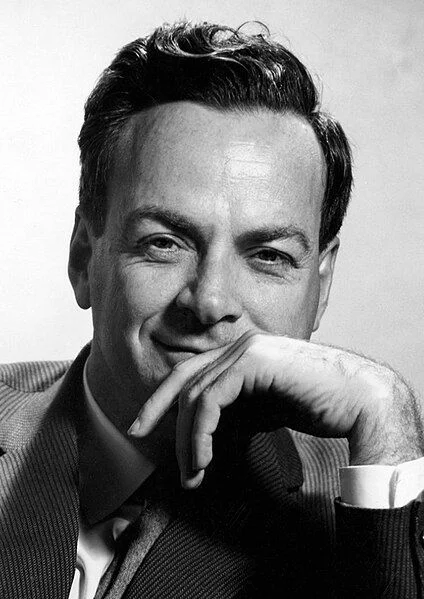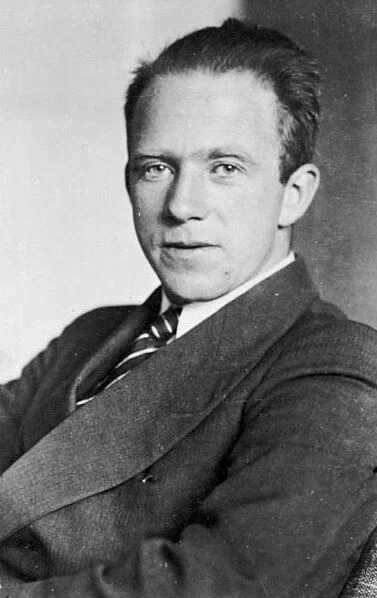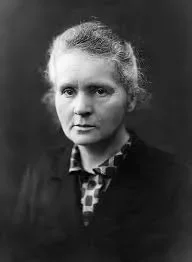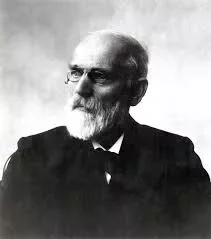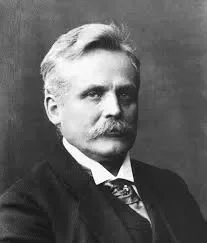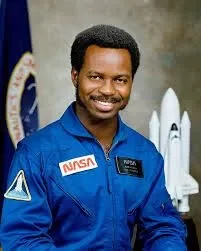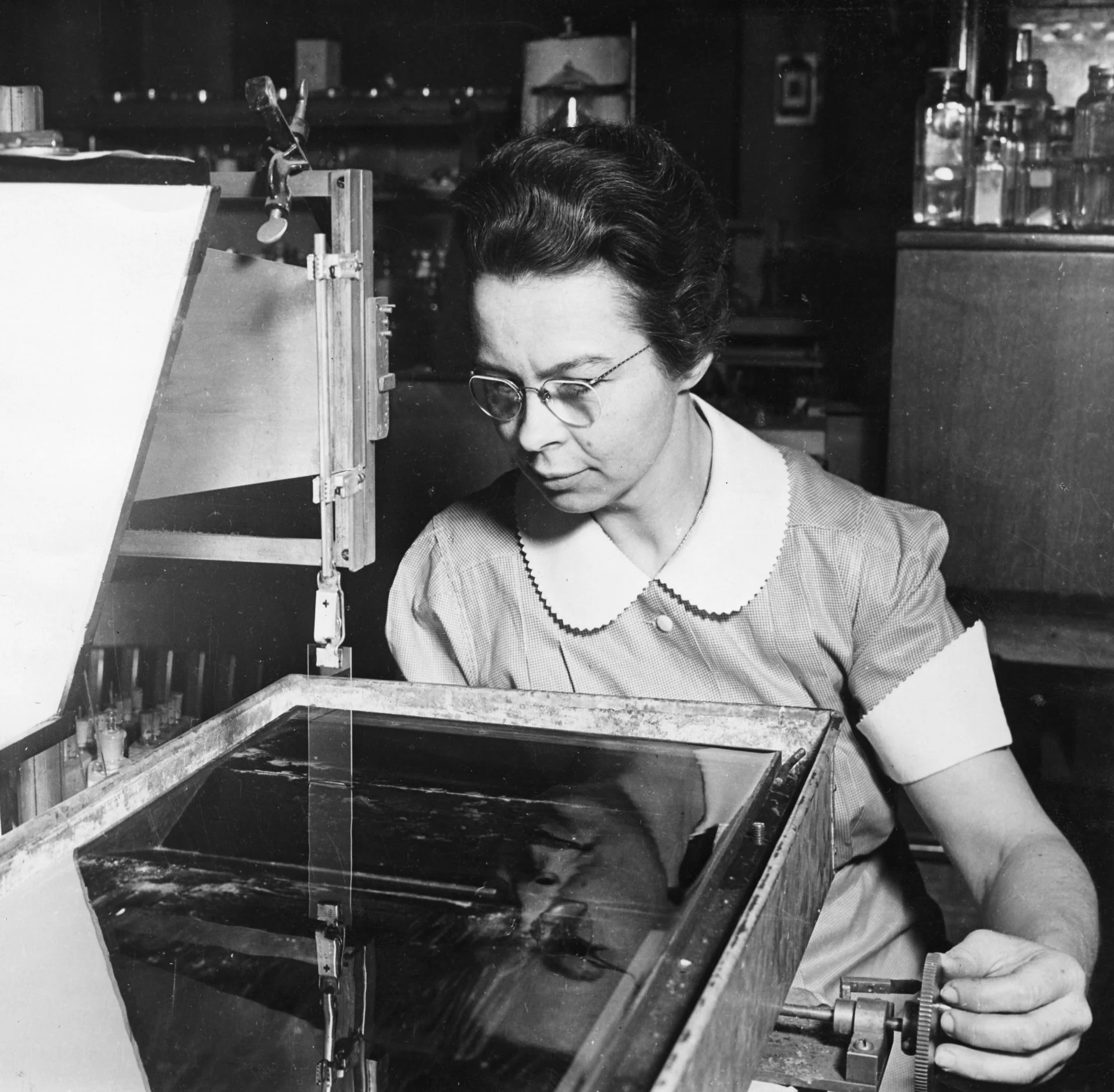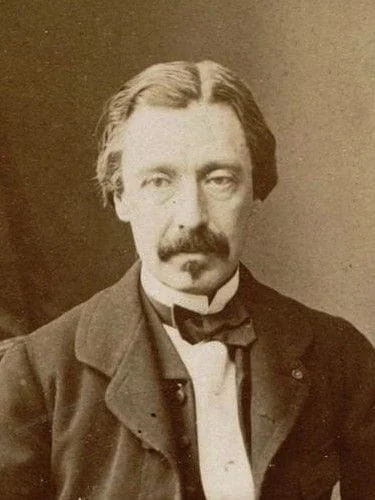Real Celebrities Never Die!
OR
Search For Past Celebrities Whose Birthday You Share

source:wikipedia.org
Theodore Hall
Birthday:
20 Oct, 1925
Date of Death:
01 Nov, 1999
Cause of death:
Cancer
Nationality:
American
Famous As:
Physicist
Age at the time of death:
74
Theodore Hall – The Teenage Spy
Theodore Alvin Holtzberg, later known as Theodore Hall was a remarkable American physicist in the 20th century known for his extraordinary contributions to science and his controversial role as an atomic spy for the Soviet Union. Hall was born on October 20, 1925, in Far Rockaway, New York City. His father was Barnett Holtzberg, a furrier who emigrated from the Russian Empire to escape antisemitic pogroms.
His mother was Rose Moskowitz, a second-generation Russian Jew. Hall’s mother passed away when he was a teenager, adding to the challenges he faced during his formative years. The Great Depression severely impacted his father’s business, prompting the family to relocate to Washington Heights in Upper Manhattan.
From an early age, Hall showed an extraordinary aptitude for mathematics and science, and his elder brother, Edward, played a significant role in his early education. Hall’s brilliance allowed him to skip grades at Public School 173 and by 1937, he was attending the prestigious Townsend Harris High School for gifted boys. At 14, Hall began his college education at Queens College in 1940. Two years later, he transferred to Harvard University as a junior physics major, Graduating at the age of 18 in 1944.
Theodore Hall's Quote's
In Manhattan Project
In 1944, on the recommendation of Professor John Van Vleck, Hall was recruited to the Manhattan Project at Los Alamos, becoming the youngest physicist involved. He worked on determining the critical mass of uranium for the “Little Boy” bomb and later conducted experiments on the implosion system for the “Fat Man” bomb.
By the age of 19, he was leading a team working on this complex task. As World War 2 drew to a close, Hall was very much concerned about the implications of nuclear weapons by the United States. He feared the potential for a fascist regime in the United States, bolstered by an unchecked nuclear arsenal. This concern led him to take an unexpected action.
Birth of a Spy
In October 1944, under the guise of visiting his family for his birthday, Hall contacted the Soviet Union’s trading company. Hall’s Harvard friend and roommate, Saville Sax, also became involved, acting as a courier to deliver information about nuclear bombs. The intelligence he provided, along with the information from other spies like Klaus Fuchs, contributed to the development of the Soviet Union’s first atomic bomb.
After his security clearance was revoked in 1946 due to suspicion unrelated to his espionage activities, Hall left the military with an honorable discharge and a citation from the President Truman. He then pursued further studies at the University of Chicago, earning his master’s and doctoral degrees in physics. Hall’s scientific career continued to flourish as he pioneered techniques in X-ray microanalysis and worked at Memorial Sloan-Kettering in New York. He also developed the Hall method of continuum normalization for analyzing biological tissue and retired in 1984.
In his later years, he became active in the peace movement, obtaining signatures for the Stockholm Peace Pledge. He later suffered from Parkinson’s disease and ultimately passed away on November 1, 1999, due to renal cancer at the age of 74 in Cambridge, England. His death marked the end of a life filled with both groundbreaking scientific achievements and political controversy.
Name:
Theodore Hall
Popular Name:
Theodore Hall
Gender:
Male
Spouse:
Place of Birth:
New York City, New York, U.S.
Place of Death:
Unknown
Occupation / Profession:
Personality Type
Defender: Very dedicated and warm protectors, always ready to defend their loved ones. He become a spy only to protect people from the threat of Atom Bomb.
Theodore "Ted" Hall was only 19 years old when he began working on the Manhattan Project at Los Alamos, making him one of the youngest scientists involved in the development of the atomic bomb.
Hall was a Soviet spy during World War II. He provided the USSR with critical information about the atomic bomb
Hall claimed that his espionage was driven by a desire to prevent the United States from having a monopoly on nuclear weapons, which he believed could lead to global instability and potential misuse.
His code name given by the Soviet Union was "MLAD" which means "young" in Russian, reflecting his youth.
He was the youngest scientist worked on Manhattan Project

